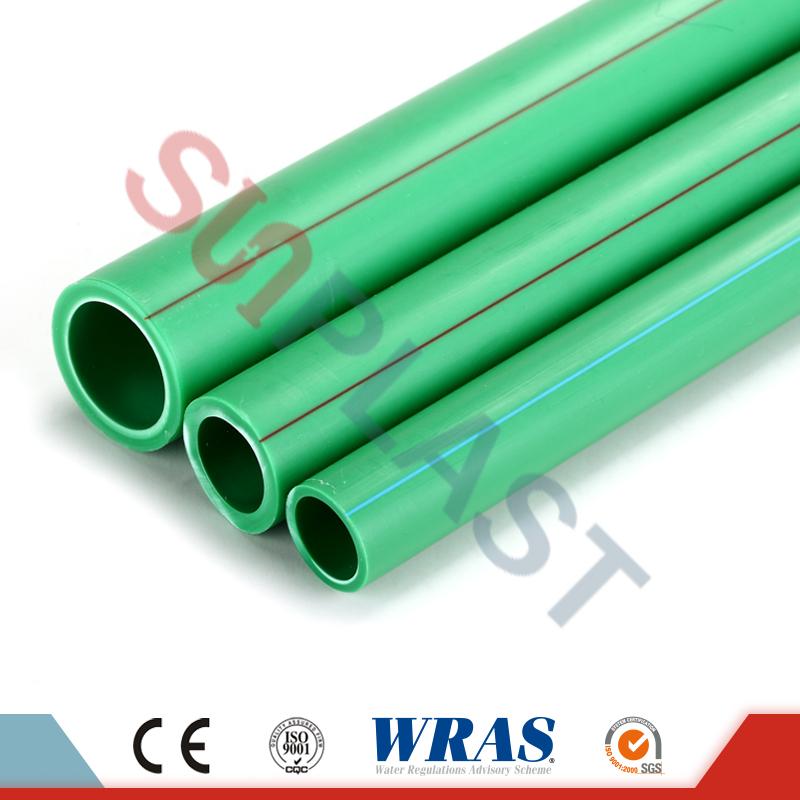
- English
- Español
- Português
- русский
- Français
- 日本語
- Deutsch
- tiếng Việt
- Italiano
- Nederlands
- ภาษาไทย
- Polski
- 한국어
- Svenska
- magyar
- Malay
- বাংলা ভাষার
- Dansk
- Suomi
- हिन्दी
- Pilipino
- Türkçe
- Gaeilge
- العربية
- Indonesia
- Norsk
- تمل
- český
- ελληνικά
- український
- Javanese
- فارسی
- தமிழ்
- తెలుగు
- नेपाली
- Burmese
- български
- ລາວ
- Latine
- Қазақша
- Euskal
- Azərbaycan
- Slovenský jazyk
- Македонски
- Lietuvos
- Eesti Keel
- Română
- Slovenski
- मराठी
- Srpski језик
Why is PPR pipe cold brittle?
2023-11-30
PPR is the abbreviation of Polypropylene Random, and its chemical name is random copolymerized polypropylene, which is commonly known as type III polypropylene. It is produced by random copolymerization of propylene monomer and a small amount of ethylene monomer (3%-5%) under the action of heating, pressure and catalyst.
As a polymer, the toughness of polypropylene (PP-Polypropylene) is greatly affected by temperature and loading speed. When the temperature is higher than the glass transition temperature, the impact damage will be ductile fracture, and below the glass transition temperature, it will be brittle fracture. . When the temperature is lower than the glass transition temperature, the impact force required to cause brittle fracture of the polymer material will be greatly reduced.
It is worth mentioning that the glass transition temperature of different materials is different, and the temperature of PPR material is relatively high, so its low temperature resistance is relatively poor. This is why PPR water pipes are not impact resistant at low temperatures. reason.
The composition of PPR is mainly propylene monomer. The introduction of a small amount of ethylene monomer (the glass transition temperature of polyethylene PE is lower than that of polypropylene PP) has improved the impact resistance, but the introduction of ethylene will affect the high temperature resistance of PPR. , for water pipes used in home decoration, they must have the ability to withstand high-temperature hot water, so this is a contradiction and a difficult problem to solve technically.





